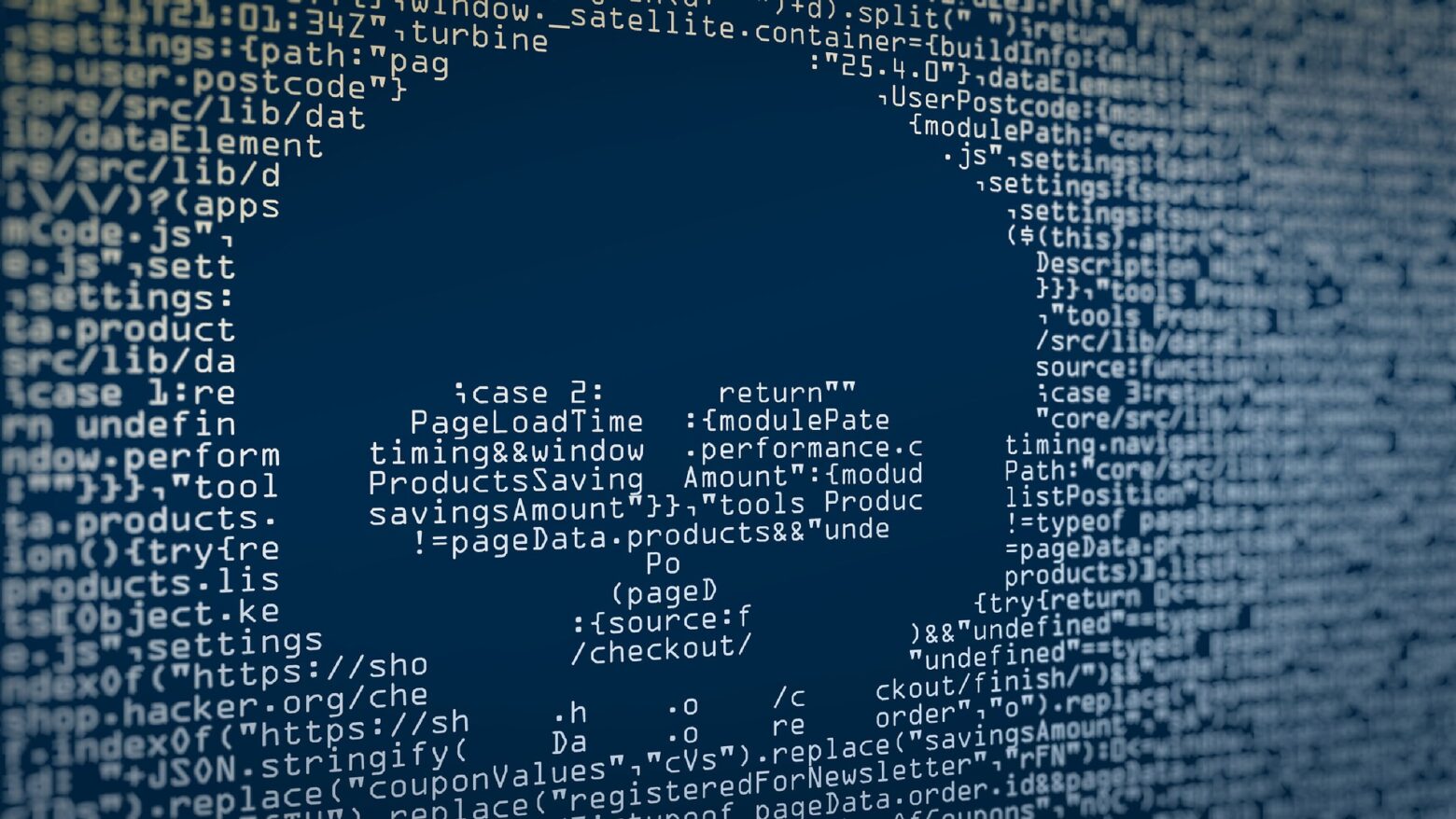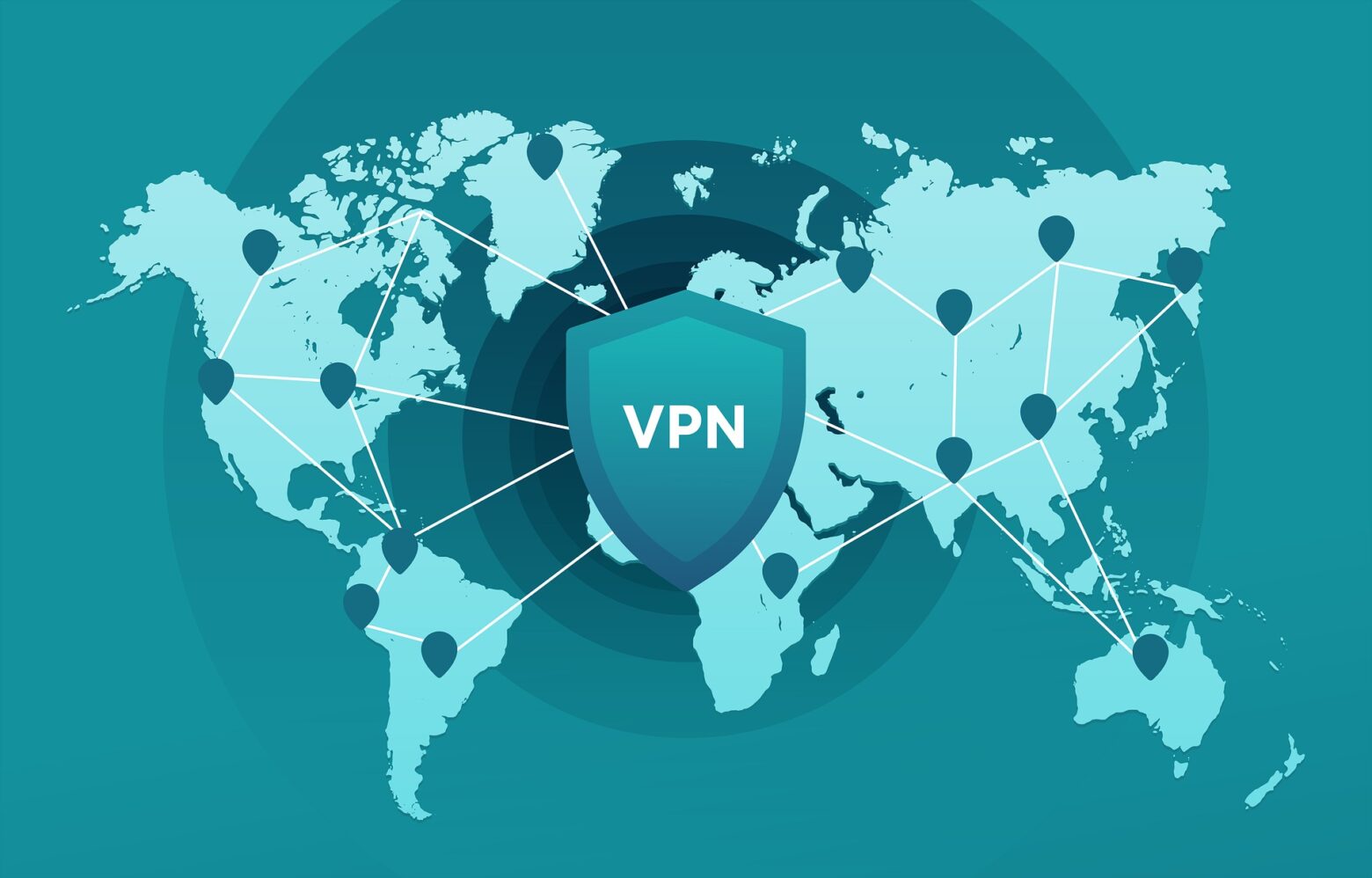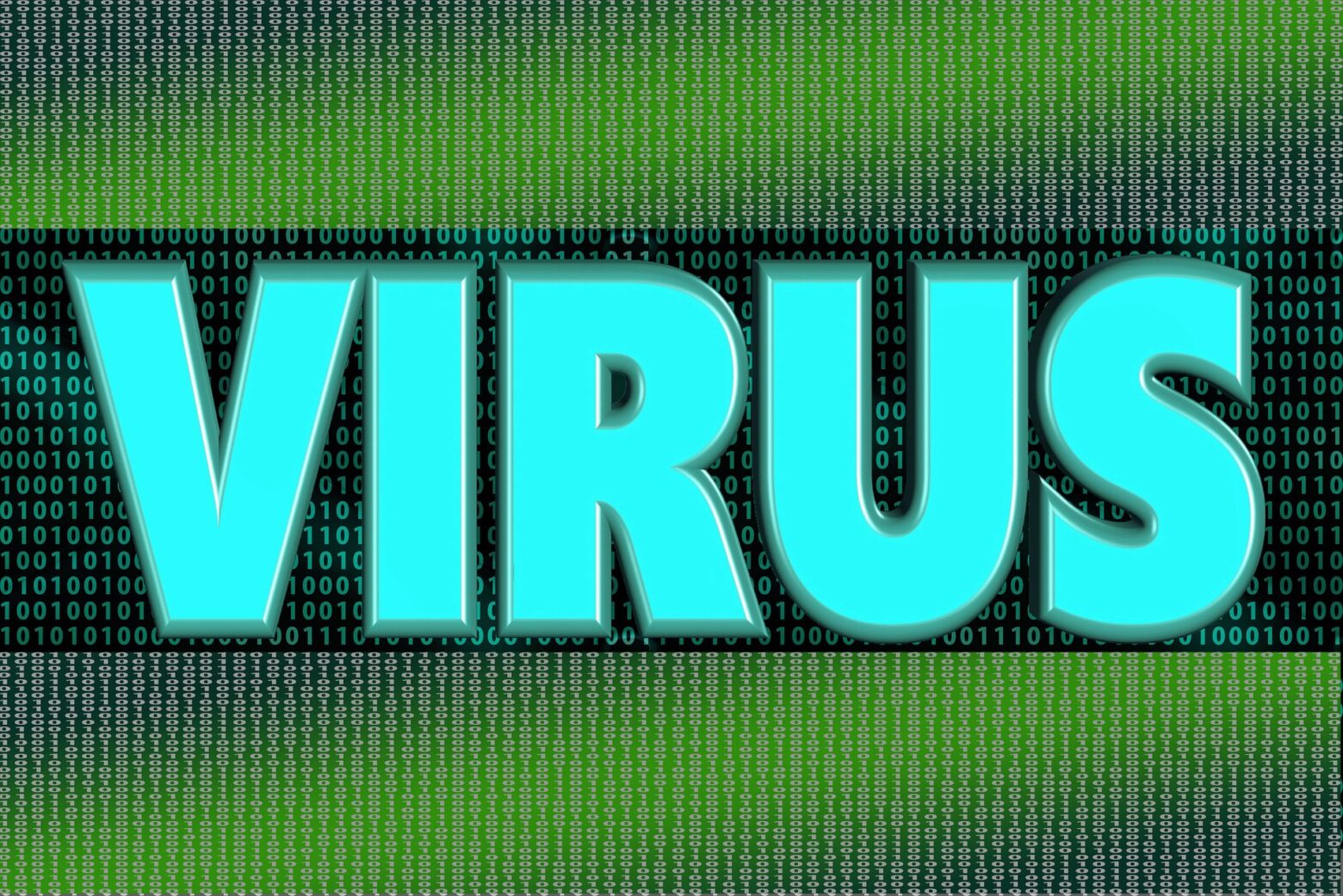What is a Rootkit, and what are the dangers?
A rootkit is a type of malicious software that is designed to provide unauthorized access to a computer system or network. It can be used to gain control over a target computer or network, allowing cybercriminals to steal sensitive information, install additional malware, or use the compromised system for other malicious purposes.
How Does a Rootkit Work?
A rootkit exploits vulnerabilities in the operating system or other software running on the target system. Once installed, it can hide its presence from the user and other security software, making it difficult to detect and remove.
Rootkits often operate at the kernel level of an operating system, which gives them complete control over the infected machine. This allows them to intercept and modify system calls, hide files and processes, and manipulate network traffic.
Types of Rootkits
There are several different types of rootkits, each with its unique characteristics:
User-mode Rootkits
User-mode rootkits operate at the same level as regular applications on the target system. They can be installed by tricking users into downloading and installing them or by exploiting vulnerabilities in legitimate software.
Kernel-mode Rootkits
Kernel-mode rootkits operate at a lower level than user-mode rootkits, giving them more privileges and making them more difficult to detect. They can be installed through exploits in device drivers or other low-level system components.
Bootloader Rootkits
Bootloader rootkits infect the bootloader program that runs when the computer starts up. This allows them to load before the operating system and remain hidden from most security software.
How Can You Detect a Rootkit?
Detecting a rootkit can be challenging because they are designed to remain hidden from detection. However, computer forensic experts say some signs may indicate the presence of a rootkit on your system:
- Unexplained changes in system behavior
- Slow performance or crashes
- Unusual network activity
- Missing files or folders
If you suspect that your computer may be infected with a rootkit, it’s important to take immediate action to remove it.
What Are the Dangers of Rootkits?
The dangers of rootkits are significant because they can give cybercriminals complete control over an infected machine. This can allow them to:
- Steal sensitive information such as passwords and credit card numbers
- Install additional malware such as keyloggers or ransomware
- Use the compromised machine for illegal activities, such as launching DDoS attacks or distributing spam emails
In addition, rootkits can be difficult to detect and remove. They often use advanced techniques such as code obfuscation and encryption to evade detection by antivirus software.
How Can You Protect Yourself Against Rootkits?
Protecting yourself against rootkits requires a multi-layered approach that includes both preventative measures and proactive monitoring:
- Keep your operating system and other software up-to-date with security patches
- Use reputable antivirus software with real-time scanning capabilities
- Be cautious when downloading files or clicking on links from unknown sources
- Monitor your network traffic for unusual activity using intrusion detection systems (IDS)
- Conduct regular vulnerability assessments and penetration testing on your systems
Real-World Examples of Rootkit Attacks
There have been several high-profile instances of rootkit attacks in recent years. One example is the Stuxnet worm, discovered in 2010 and designed to target industrial control systems (ICS) used in nuclear facilities. The worm used a combination of zero-day exploits and a sophisticated rootkit to evade detection.
Another example is the Sony BMG copy protection scandal in 2005, where Sony included a rootkit on millions of CDs as part of its digital rights management (DRM) scheme. The rootkit was designed to prevent users from copying the CDs and expose them to serious security vulnerabilities.
Conclusion
Rootkits are sophisticated malware that can give cybercriminals complete control over an infected machine. They can be used to steal sensitive data, install additional malware, and launch attacks against other systems. Protecting yourself from rootkit infections requires a multi-layered approach, including security patches, antivirus software, and intrusion detection systems.










